Japan is a place of pretty exciting experiences, breathtaking landscapes and unique traditions. Japan offers something for everyone, whether you’re a fan of modern cities, ancient temples or stunning nature. For anyone considering a first trip to Japan, you may be wondering how to best take advantage of your time in the land of the rising sun. This itinerary will show visitors traveling from the USA the most efficient way to see all that Japan has to offer.
On this Japan Travel Itinerary, you will find the best destinations of Japan, from first hand experience, tips and tricks and studies to help you discover the best trip. We’ve also ensured that it’s easy to read for anyone, including younger audiences. So, let’s get started!
Days 1-2: Meet Tokyo, the Center of Japan Travel Itinerary

Japan’s capital Tokyo home to one of the liveliest cities worldwide. Preventing a mixture of ancient tradition and modern technology in the same place makes it something of a must-see when you visit Japan.
Visit Shibuya Crossing

Shibuya Crossing is one of the most iconic spots in Tokyo. This is a massive intersection where hundreds of individuals from all directions cross together. Japan Travel Itinerary It’s one of the busiest pedestrian intersections in the world! If you want to feel the energy of Tokyo, this is the place to be.
Explore Meiji Shrine

One of the most famous Shinto shrines in Japan, the Meiji Shrine is located close to Harajuku Station. It’s dedicated to Emperor Meiji and Empress Shoken, who played a pivotal role in Japan’s emergence as a modern nation. Stroll through the wooded area surrounding this shrine to escape the busy city around you.
Visit Tokyo Skytree

Tokyo Skytree is the highest building in the country, which has an amazing view on the observation decks. On a clear day, you can see Mount Fuji all the way across! It’s an ideal space for anyone wishing to see Tokyo from way up high.
Real-Life Example:
Sarah, visiting Tokyo for the first time, said, “Visiting the Meiji Shrine was such a peaceful experience. It seemed as if you went into another universe, removed from the hustle and bustle of the city.”
Day 3: Day Trip to Mount Fuji

On the outskirts of Tokyo is Mount Fuji, Japan’s highest and best-known mountain. It’s an active volcano and a UNESCO World Heritage site.
Admire Mount Fuji from Lake Kawaguchi

Lake Kawaguchi is 1 out of the 5 lakes surrounding Mount Fuji and has beautiful mountain views. You could take a boat ride on the lake or simply sit by the shore and enjoy the view.
Hiking Trails

For the more adventurous: you can hike partway up Mount Fuji. There are multiple trails, each giving a different experience. No matter whether a trail is easier, or a bit harder, all trails offer breathtaking views.
Real-Life Example:
John, who went to Japan last summer, says that “the view of Mount Fuji from Lake Kawaguchi was breathtaking. It was a highlight of my trip.”
Day 4-5: Kyoto — Japan’s Traditional Heart

Kyoto in particular is famed for its traditional temples and beautiful gardens and historic sites. This is a city you can visit to feel the Japan of yore, with its train Quillity and tradition.
Fushimi Inari Shrine

Kyoto has a lot of famous places, and one of them is Fushimi Inari Shrine. The thousands of red torii gates that mark your journey up a mountain at this Shinto shrine. It’s a lovely, one-of-a-kind place to visit.
Kinkaku-ji (Golden Pavilion)
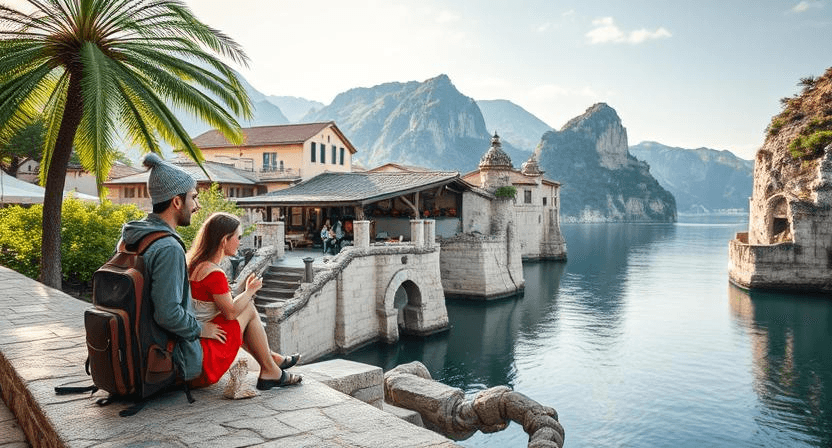
One of Kyoto’s most iconic landmarks is Kinkaku-ji, or the Golden Pavilion. The temple is covered in gold leaf, and next to a lovely pond, a great photo op.
Traditional Tea Ceremony

Experience a Traditional Japanese Tea Ceremony in Kyoto You’ll be introduced to the art of tea-making and have the opportunity to taste Matcha, a particular type of green tea that is beloved in Japan.
Tip: Kyoto is known for its stunning gardens too, so make sure to take a bit of time to walk around the numerous gardens scattered throughout the city such as Kiyomizu- Dera Temple.
Day 6: All About Osaka – Japan’s Culinary Heart

When it comes to great food, fun attractions and a vibrant vibe, Osaka has plenty. It’s the ideal destination for foodies and those looking for fun things to do.
Dotonbori

Dotonbori is a second section of Osaka known around the world for its bright neon signs, mouthwater street food, and enthusiastic ambience. You can sample local dishes such as takoyaki (octopus balls) and okonomiyaki (Japanese pancakes).
Osaka Castle
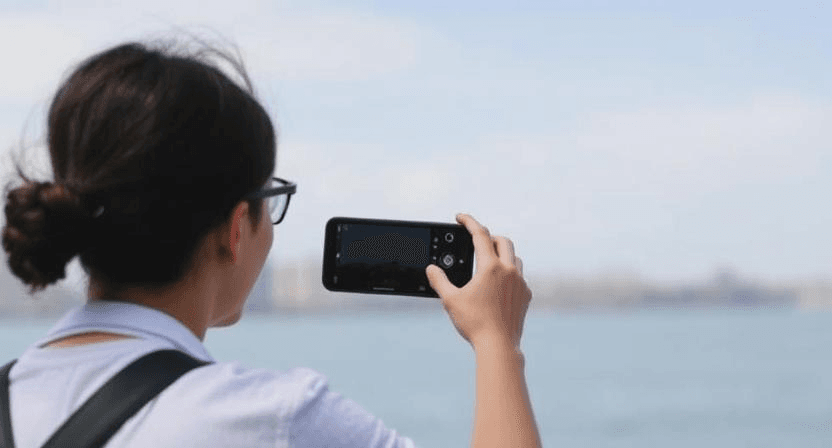
Osaka Castle is among Japan’s most iconic castles, and it is surrounded by a stunning park. You’ll learn about Japan’s history when you explore the castle and the grounds.
Universal Studios Japan

For theme park enthusiasts, there’s a day at Universal Studios Japan. It features thrilling rides, shows, and attractions inspired by some of your favorite movies, from Harry Potter to Jurassic Park.
Your Go-To: Dotonbori, Osaka Real-Life Example: “When my wife and I visited Osaka last year, Dotonbori was a food lover’s dream. I couldn’t stop eating! It was my favorite.”
Day 7: Chillin’ in Hakone – Nature & Hot Springs

After all the excitement, you may be ready to relax . Hakone is just the place for it. It is famous for its beautiful nature, hot springs (onsen), and views of Mount Fuji.
Onsen (Hot Springs)

Hakone is known for its onsens or natural hot springs. You can unwind in an outdoor bath overlooking Mount Fuji or bathe indoors. It’s a good way to relax after a hectic trip.
Hakone Open-Air Museum
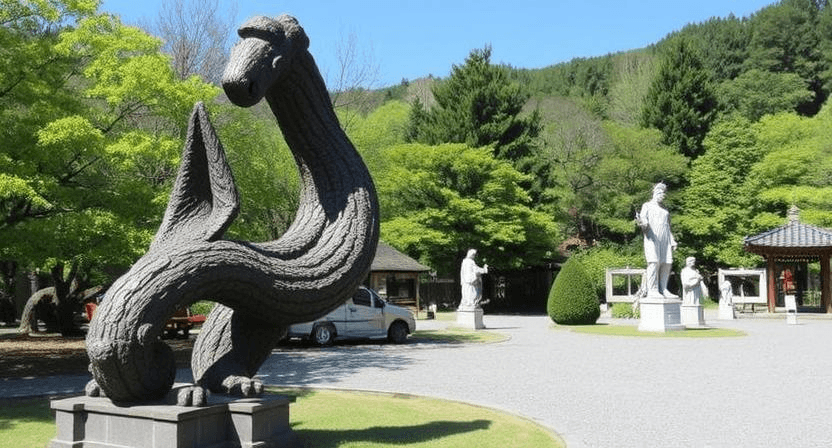
If you like art, head to the Hakone Open-Air Museum, which houses sculptures and artwork in beautiful natural settings. It is a peaceful spot for appreciating nature and art.
Tip: Many onsens have rules like no swimsuits, so come ready for an authentic experience.
Day 8: Travel Tips for Japan
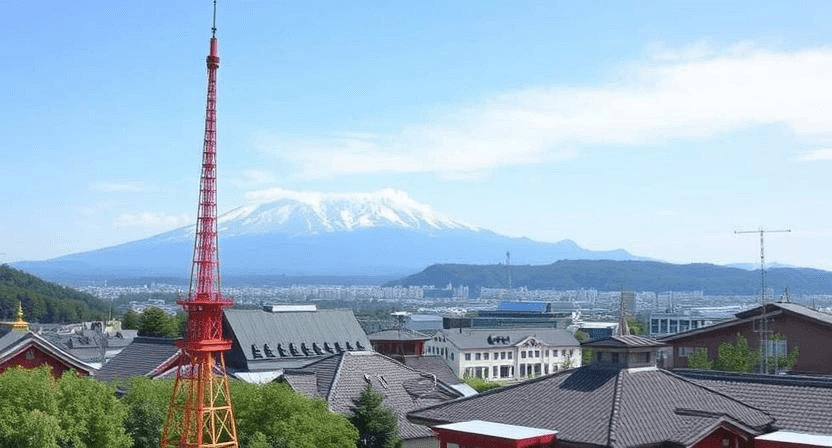
As your trip nears its conclusion, here are a few practical tips to streamline your travels:
Japan Rail Pass
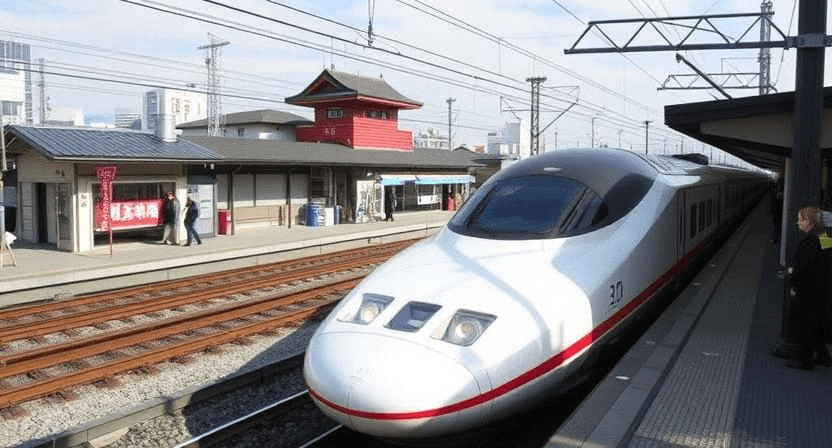
If you plan to travel between cities, buy a Japan Rail Pass. It allows unlimited access to the country’s bullet trains (Shinkansen) for a specified number of days. That way, you save on transportation.
Learn Basic Japanese Phrases

Many locals in Japan speak English, but it’s still helpful to know some basic phrases in Japanese. Even essential words like “hello” (Konnichiwa) and “thank you” (Arigatou) can go a long way.
Cash is King

Japan is very safe, and although many places accept credit cards, it’s always best to carry some cash. Many small shops, restaurants , and vending machines accept only yen.
Day 9: Nature and Adventure in Hokkaido

Those wanting to experience a less urban part of Japan should travel to Hokkaido, Japan’s northernmost island. Famous for its breathtaking landscapes, hot springs, and ski resorts, Hokkaido is ideal for nature lovers.
Visit Sapporo

Sapporo, the capital of Hokkaido, is known for its beer, hot springs, and winter sports. Starting in February , the Sapporo Snow Festival showcases stunning ice and snow sculptures. But even outside the festival, Sapporo has plenty to offer, from beautiful parks to shopping streets to great food, including miso ramen.
[2025年10月までのデータで作成されています] Lake Toya[湖の優美を模して構造されたもの, JAPAN^3)]
For nature lovers, Lake Toya offers some of the most breathtaking views. Set among mountains, the lake is well-suited for hiking and sightseeing. Nearby Usu Volcano can also be visited, and a ropeway ride in the area will offer expansive views.
Niseko Skiing or Snowboarding
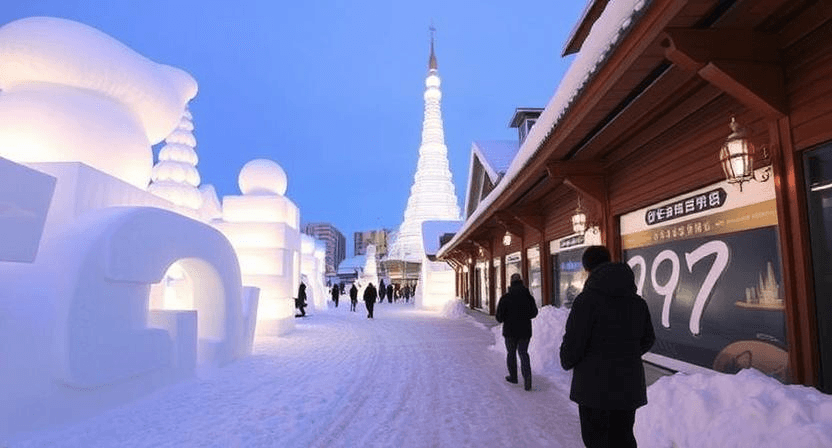
Winter, however, is prime time to visit Niseko, Japan’s top ski destination. Niseko is known for its powder snow and attracts skiers and snowboarders worldwide. Niseko has something for everyone, whether you’re an experienced skier or somebody just trying it for the first time.
Real-Life Example: “Niseko was amazing! David, skier, USA. The snow conditions were perfect, and the views were breathtaking. It’s an essential stop for winter sports lovers.’
Day 10: Okinawa — a tropical paradise
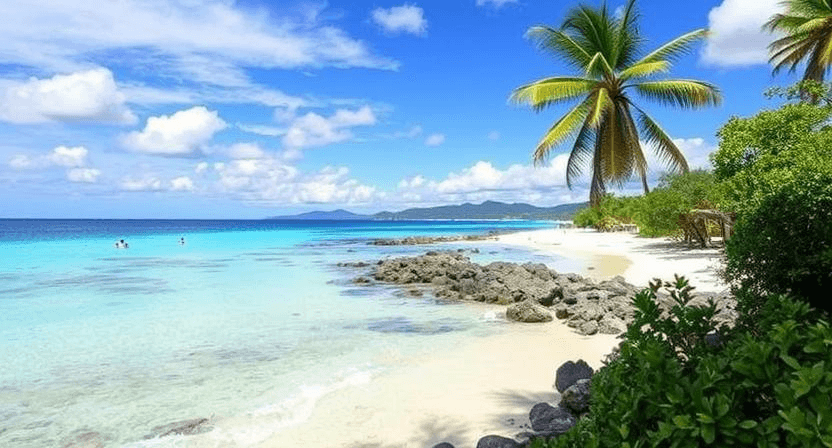
After enjoying Japan’s skyscrapers and slopes, consider a relaxing stay on the beaches of Okinawa. Okinawa is a cluster of islands located at the southernmost tip of Japan, famous for its scenic beaches, turquoise water, and tropical vibe.
Japan Travel Itinerary Visit Shurijo Castle
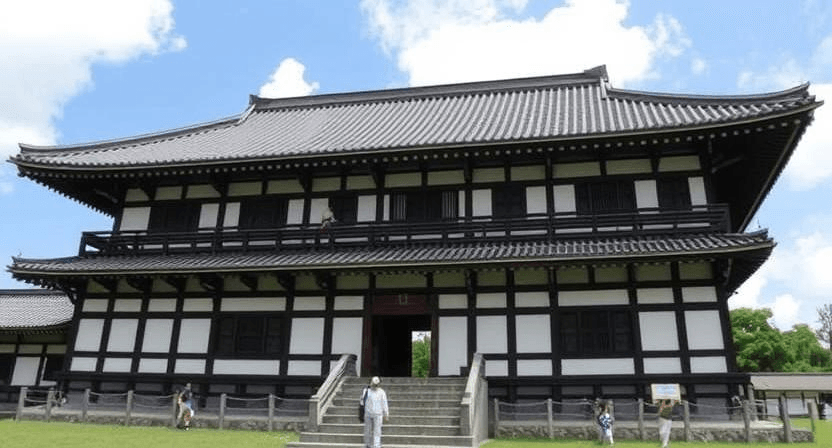
One of the best places to experience Okinawa’s rich culture and history is Shurijo Castle. The former royal palace of the Okinawan kingdom, this historic site offers insight into Okinawa’s unique traditions and customs.
Okinawa Churaumi Aquarium
One of the world’s biggest and most beautiful aquariums is in Okinawa. Churaumi Aquarium is known for its large tanks featuring a variety of marine life, Japan Travel Itinerary including whale sharks. It’s an interesting and fun place to stop for families and nature lovers alike.
Chill Out on Beautiful Beaches in Okinawa
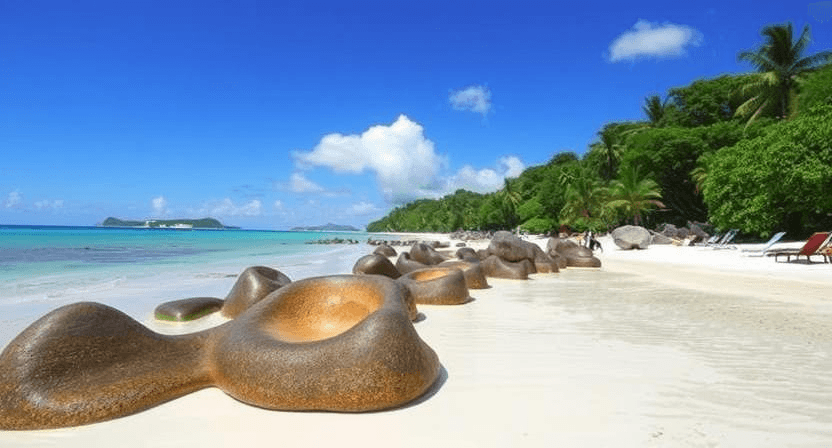
Even the beaches in Okinawa are ideal for swimming, snorkeling, and lounging. The beautifully pristine white sand beaches with tropical waters. Visit Emerald Beach or Manza Beach for a relaxing day.
(Note: Healthy eating is also a strong suit of Okinawa — locals often serve goya, a bitter melon, in their cuisine.) While you are in Okinawa, you definitely should try Okinawan food!
Additional Tips for Your Trip to Japan
This itinerary covers many of the best Japan destinations, but here are a few more tips for maximizing your trip.
Public Transportation
Japan has an efficient and easy-to-use public transportation system. The Tokyo Metro (bullet trains) are by far the fastest and most reliable mode of transportation. To simplify your travel even further, you can buy a Suica card or a Pasmo card in Tokyo that can be used for metro and bus rides.
Cultural Etiquette
Japan has its own unique culture and customs. In Japan, for example, it isn’t lovely to tip, and it’s a modicum of respect to behave in public. When you visit temples or shrines, follow the proper steps (bowing before entering, washing hands at purification fountains, etc.).
Pocket Wi-Fi or SIM Cards
To stay connected, you may want to rent a pocket Wi-Fi device or get a SIM card during your trip . These devices enable you to use your phone for maps, translations, and keeping in touch with family and friends back home.
Stay at a Ryokan
If you want a more traditional Japanese experience, stay in a ryokan (traditional inn). Ryokans traditionally include a tatami room, futons to sleep on, and a kaiseki (multi-course) meal. Many ryokans also have onsens, allowing guests to soak in a hot spring bath before dinner.
Real-Life Example:
A traveler from the USA named Maria stayed at a Ryokan in Kyoto and tells us, Japan Travel Itinerary “Staying at a ryokan was unforgettable! The food was amazing, and sleeping on tatami mats was shockingly comfortable. “I felt as if I were living in traditional Japan.”
Final Thoughts: Japan Awaits You!
Japan Travel Itinerary is a country that has something for everyone—whether you’re looking for vibrant city life, peaceful temples, breathtaking nature, or thrilling adventures. From the modern attractions in Tokyo to the serene beauty of Kyoto, and from the hot springs in Hakone to the snow-covered slopes in Hokkaido, Japan offers a variety of experiences that will leave you with memories to cherish for a lifetime.
By following this itinerary, you’ll get a balanced mix of everything Japan has to offer. Be sure to take your time, immerse yourself in the culture, and, most importantly, have fun! Your Japan adventure awaits, and it’s going to be an experience you won’t forget.
When is the most recommended time to go to Japan?
The best time to travel to Japan is when you want to go. Spring (March to May): Cherry blossom season, Fall (September to November): Fall colors Winter (December to February) is excellent for skiing in Hokkaido, while summer (June to August) excels in festivals and outdoor events.
QUESTION: Do I need to know Japanese to travel in Japan?
It’s useful if you know a couple of simple phrases in Japanese, but many people in Japan speak some English, particularly in major cities like Tokyo and Kyoto. Signs and menus are also in English because of the large tourist trade, so getting around is not difficult.
What is the best way to get between cities in Japan?
The Shinkansen (bullet train) is the fastest way to get between cities in Japan. Alternatively, one can also rely on buses, local trains, and domestic flights, but the fastest and most comfortable long-distance option is the Shinkansen.
Is Japan expensive to visit?
Japan can be inexpensive, or it can be expensive, depending on how you want to travel. Budget options involve sleeping at hostels, eating at cheap restaurants, and making use of public transport. You may stay in top class resorts and dine in high class restaurants if you are looking for a more luxurious experience. Overall there is something there for all types of budgets.
